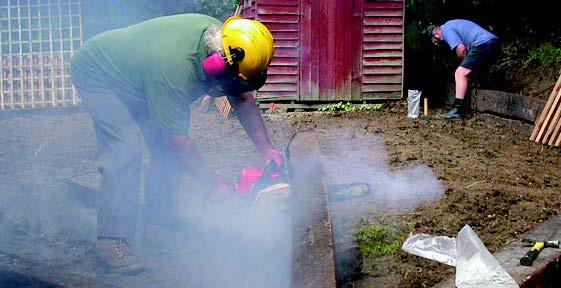
Noise Action Week 2019: “Prevention is better than cure”
Posted on May 21, 2019
170,000 people in the UK suffer deafness, ringing in the ears, or other ear conditions caused by excessive noise at work. Noise can also be a safety hazard, interfering with communication and making warnings harder to hear and is often cited in stress complaints as a health and safety issue.
Does your business have a noise problem?
- Is your industry noisy, e.g. construction, demolition or road repair, entertainment, plastics processing, engineering, textile manufacture, pressing or stamping, paper or board making or canning and bottling?
- Are noisy powered tools or machinery used? – even short periods of high noise exposure can cause hearing damage.
- Is noise intrusive – e.g. like a busy street, a vacuum cleaner or a crowded restaurant – for most of the working day?
- Do employees have to raise their voices to carry out a normal conversation when about 2 m apart for at least part of the day?
- Is noise made due to impacts, such as hammering, drop forging, pneumatic impact tools, or explosive sources such as cartridge-operated tools and detonators?
What are the action levels and limit values?
At certain limit values specific action must be taken related to:
- The levels of exposure to noise of your employees averaged over a working day or week
- The maximum noise (peak sound pressure) to which employees are exposed in a working day.
Lower exposure action values:
- Daily or weekly exposure of 80 dB (A)
- Peak sound pressure of 135 dB.
Upper exposure action values:
- Daily or weekly exposure of 85 dB (A)
- Peak sound pressure of 137 dB.
Levels of noise exposure which must not be exceeded:
- Daily or weekly exposure of 87 dB (A)
- Peak sound pressure of 140 Db.
Employers must assess the risk to workers’ health and provide them with information and training at 80 Db (A) and must provide hearing protection and hearing protection zones at 85 dB (A) (equivalent continuous daily exposure or weekly average exposure varies markedly from day to day).
Control methods or noise reduction techniques include:
- using a different, quieter process or equipment, e.g. replace whatever is causing the noise with something less noisy; instituting a low-noise purchasing policy for machinery and equipment
- introducing engineering controls: avoiding metal-on-metal impacts, fitting silencers to air exhausts and blowing nozzles
- modifying transmission routes for noise, e.g. erecting enclosures around machines to reduce the amount of noise emitted into the workplace or environment
- designing the workplace for low noise emission, e.g. keeping noisy machinery out of areas where people spend most of their time
- Limiting the time spent in noisy areas; every halving of the time spent in a noisy area will reduce noise exposure over the whole period by 3 dB.
When should hearing protection be used?
Ear protection is a last resort where other methods of removing the risk from noise have been introduced and there is still a problem.
Do:
- Make sure the protectors give enough protection; below 85 dB (A) at the ear, to do this they need to be selected having regard to the level and type of noise exposure and suited to the individual
- Select protectors which are suitable for the working environment; consider comfort and hygiene
- Think about how they will be worn with other protective equipment (e.g. hard hats, dust masks and eye protection).
- Provide a range of protectors so that employees can choose ones which suit them
- Arrange audiometry testing where appropriate.
You need to make sure that employees are using hearing protection when required to and are trained in how to use the equipment and in the hazards of noise exposure.
Noise risk assessments should be carried out by a competent person and take into account the HSE’s five steps of risk assessment and document the estimated noise exposure and the control measures required.
For advice on managing noise exposure in your workplace, we’re only a call or a click away! Telephone: 0151 545 0497 or email: [email protected].
